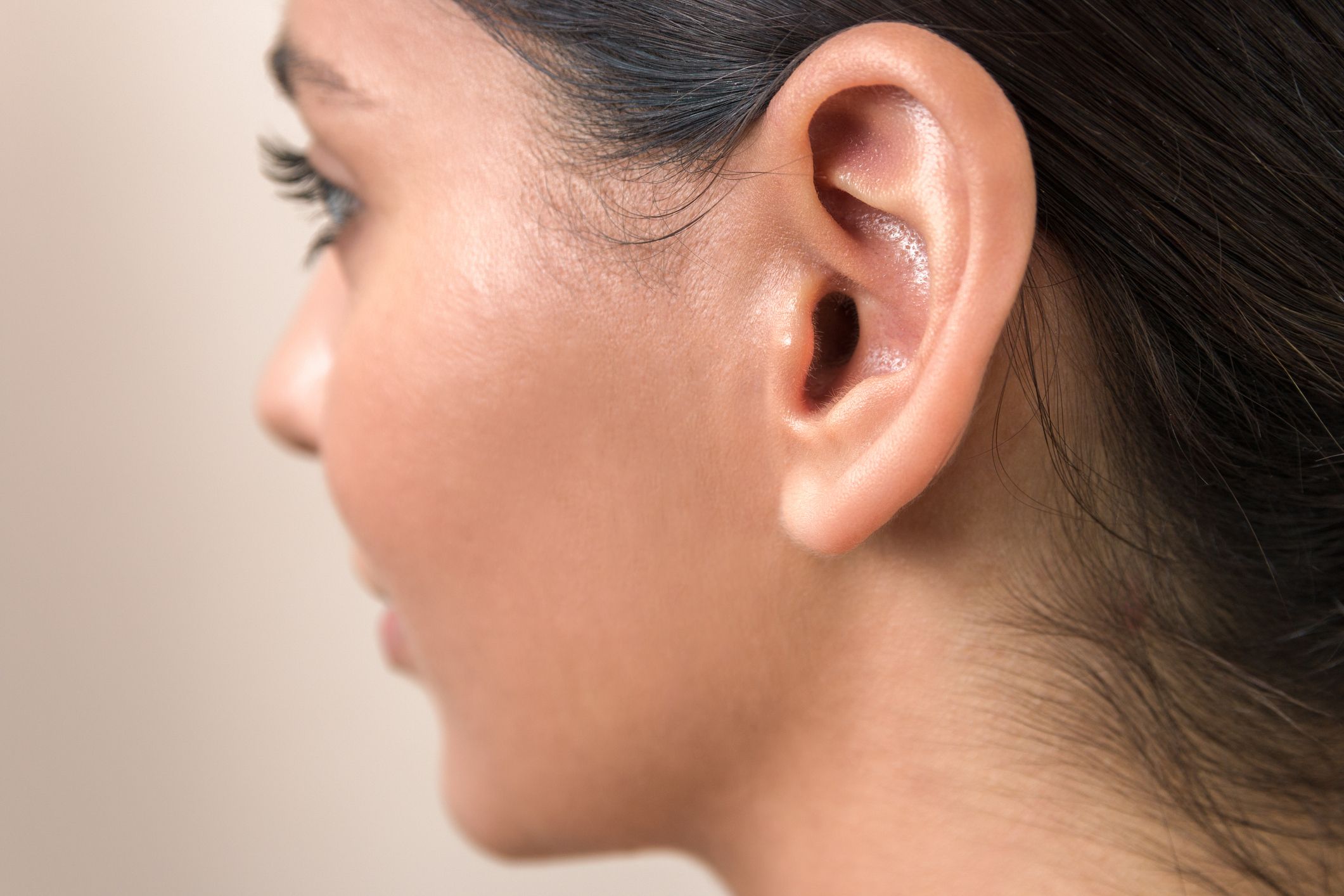

Lump Behind Ear: Causes, Treatments, And Risks
In part because it's difficult to see what's happening, finding a lump behind your ear can be alarming. In most cases, a lump behind the ear is not a cause for concern, even if you should always have your healthcare provider examine any new bump on your body. There are several possible causes of lumps behind the ear, but this article will focus on the most common and most serious possible causes.
After that, I'll discuss how you can self-check the area for growth and how your doctor will examine lumps to arrive at a diagnosis. I'll conclude by explaining when to see a doctor about lumps behind the ear and what treatment options are available.
Lump Behind Ear Possible Causes
A variety of factors can cause an ear lump. Doctors will first try to identify the type of lump to distinguish between these possible explanations. Among the possibilities are cysts, pimples, tumours, swollen lymph nodes, or cancer. These growths are sometimes associated with rare genetic conditions or deadly cancers.
It is essential to realise that most lumps behind the ears are cysts associated with less serious skin problems.
Most Common Causes
Many lumps behind the ears result from blocked oil glands or something preventing dead skin cells from shedding. As a result, skin cells or oil can build up beneath the skin's upper surface, causing cysts to form. These skin cysts are usually benign, but if they grow larger than a pimple, they can become unsightly or uncomfortable. In addition, they can become infected, rupture, or become infected and filled with pus. Two types of cysts are most likely to grow behind the ear: sebaceous cysts and epidermoid cysts.
Sebaceous Cysts: Dead skin cells block oil glands associated with skin follicles and form sack-like lumps. Oil accumulates in these cysts. The appearance of sebaceous cysts is similar to that of acne pimples and whiteheads. There are, however, differences in their size, growth, and rupture.
Epidermoid Cysts: A cyst forms when the skin folds in on itself around the opening of a hair follicle (also known as a pore). A lump is formed due to the buildup of dead skin cells.
There is also a possibility of a swollen lymph node behind the ear being the cause of the swelling. Once the offending agent is removed or treated, this is usually caused by a localised infection or irritation.
To be sure, see a healthcare provider if it indicates something more serious.
More Serious Causes
Additionally, there are more severe or uncommon reasons for lumps behind the ear, including:
- Basal Cell Carcinoma: Sometimes referred to as a mole or pimple, this slow-growing skin cancer looks and feels like a small, pearly bump.
- Squamous Cell Carcinoma: The appearance may be similar to a wart or resemble an open sore.
- Temporal Bone Tumours: Skin cancers that have spread to the skull bone behind the ears can cause these bumps on the skull.
- Gorlin Syndrome: It causes tumours, cysts, and skin pits to develop on people's bodies, including behind their ears sometimes.
- Gardner Syndrome: Gardner syndrome leads to thousands of polyps and cysts throughout the body because of its rare genetic nature. There are many types of cysts, but some can form behind the ear and in the colon.
- Infections: Several possible causes of unusually swollen patches behind the ears, including viral, fungal, and bacterial infections.
Self-Check And Diagnosis Guide
Use mirrors to check the lump as best as possible when seated or standing in a well-lit area.
The lump should be:
- Increasing
- Immovable and hard
- Touching the area causes pain or tenderness
- Itchy, red, or inflamed
- Fluid leaking with a foul odor
See a healthcare provider if any of these apply to you. A physical exam may be followed by a biopsy to determine whether cancer is present or a skin culture to determine whether an infection causes the lump.
During a biopsy, a small amount of skin will be removed and examined under a microscope; a sample will be collected from an open cyst during a skin culture.
Possible Treatment
Noncancerous lumps behind the ear usually grow slowly. Occasionally, they shrink or disappear by themselves.
An infected or cancerous ear lump, however, requires treatment.
- Treatment For Infected Lumps: Injections of steroids, antibiotics, or draining may relieve pain.
- Treatment For Cancerous Lumps: Cysts, cancers, and other growths are best treated through surgery. As a secondary treatment, radiation therapy may be used. Additionally, noncancerous bumps can be removed through surgery.
When To See A Medical Provider
Whenever you notice any new growth behind your ears, schedule an appointment with your healthcare provider. Even though most cystic nodules are benign, some skin cancers may develop alongside cystic nodules and should also always be checked.
Symptoms of infection may include pain, redness, itching, and swelling behind the ear. Hence, seek medical attention if the lump becomes painful, red, itchy, or inflamed.
How Can Mobi Doctor Help
With Mobi Doctor, you have access to online urgent care. Get an instant diagnosis, explore conditions and treatments, and text a healthcare professional if needed.



 (1) (1).jpg)

Comments